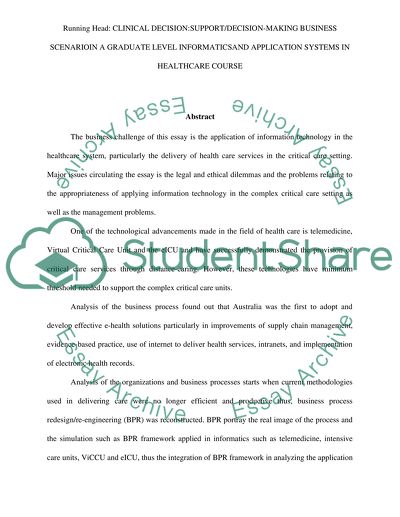Cite this document
(“Support/Decision Making Systems Business Scenario in a Graduate level Research Paper”, n.d.)
Retrieved from https://studentshare.org/nursing/1430545-clinical-decision-support-decision-making-systems
Retrieved from https://studentshare.org/nursing/1430545-clinical-decision-support-decision-making-systems
(Support/Decision Making Systems Business Scenario in a Graduate Level Research Paper)
https://studentshare.org/nursing/1430545-clinical-decision-support-decision-making-systems.
https://studentshare.org/nursing/1430545-clinical-decision-support-decision-making-systems.
“Support/Decision Making Systems Business Scenario in a Graduate Level Research Paper”, n.d. https://studentshare.org/nursing/1430545-clinical-decision-support-decision-making-systems.


